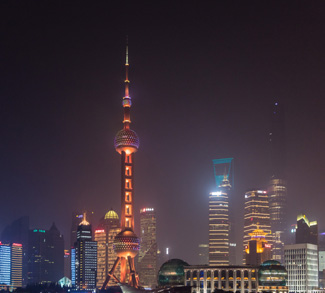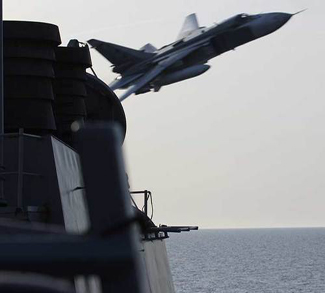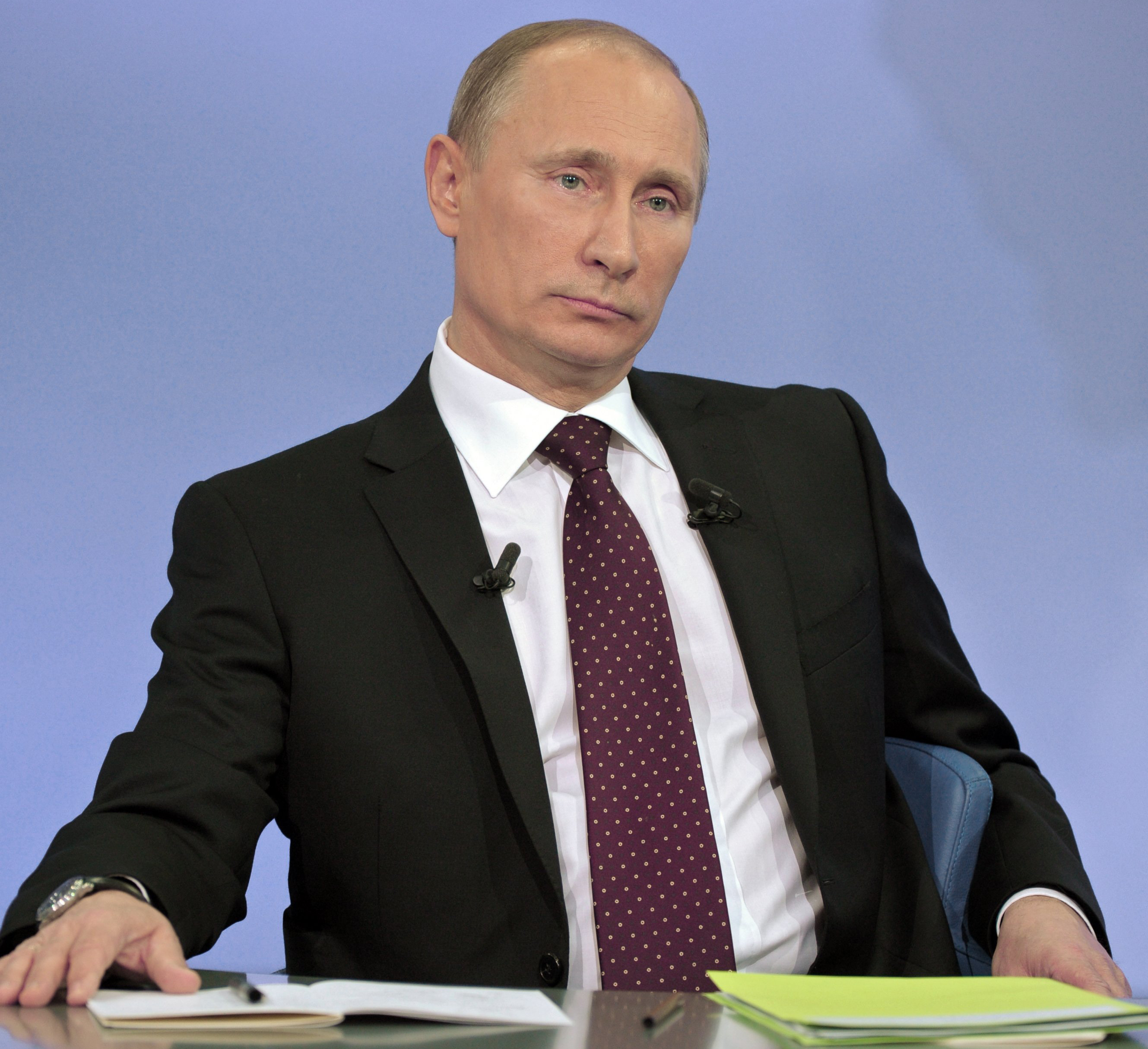Recently I attended an event where the speaker referred to the interplay between economics and security in Asia as being that of Dr. Jekyll and Mr. Hyde. Dr. Jekyll represents the positive economic growth and interaction within the region, while Mr. Hyde represents the increasing security competition between the great powers of the area, namely Japan and China.
Asia, however, does not exist within a vacuum and China in particular has been used as a hedge by Russia whenever its relations with the West have been threatened. Until fairly recently, the U.S. has historically used China as a spoiler to contain Soviet ambitions and nowadays would hope for improved U.S.-China ties contain a resurgent Russia. Both Russia and the U.S. have traditionally fixated on China as a wedge to contain the other’s ambitions, with this resultant Cold War mentality still presently accounting for the failure of their respective economies to fully take advantage of integration opportunities within Asia.
Attention Deficit Disorder
With Russia’s turn towards China in the wake of negative Western sentiment and sanctions from its Ukraine and Syria maneuvers, it’s easy to forget that this is a transparent tactic Russia has used before to try to gain political leverage with the West. Russian efforts to improve ties with China economically and politically go back at least thirty years to Gorbachev’s 1986 Vladivostok visit and 1989 Beijing visit respectively. Efforts to integrate the Russian Far East (RFE) into the Asian economic dynamic were subordinated to politics yet again with Russia’s brief partnership with the U.S. in the wake of 9/11. Only after it was apparent that Russia would not be treated as a genuine partner with its own security interests did it turn again towards the East in order to gain leverage.
For most of the early Cold War, the U.S. treated the Former Soviet Union and China as one cohesive monolith, despite the increasing Sino-Soviet schism. It wasn’t until 1972 that the U.S. was able to successfully exploit this rift, leveraging improved Sino-U.S. ties as a mechanism to begin a series of detente talks with the USSR. Improved economic relations with China served to undergird the U.S.’s larger strategic objectives with respect to its chief Cold War nemesis and were only considered by the U.S. as a means to an end.
Always a Bridesmaid, Never a Bride
As two large continental powers with a history of rapid territorial aggrandizement, “Gathering of the Russian Lands” vs. “Manifest Destiny,” Russia and the U.S. have always had a special sense of their own historic purposes with respect to the rest of the world. The Cold War only amplified these tendencies and forced them to focus most of their political energies on one another. The U.S. and Former Soviet Union had to be able to respond to its rival’s provocations around the world as their interests intersected globally.
During the Cold War, Japan, as head of the “Flying Geese” formation (South Korea, Taiwan, Hong Kong, and Singapore) emerged as the economic engine of Asia as access to the growing US consumer market allowed it to assume this position. Post-Cold War, Japan was gradually eclipsed by China as the world’s factory and largest consumer market. The 2008 Financial Crisis only accelerated this trend. For the longest time, economic engagement with Asia, and China specifically, was only viewed tangentially and as one of many interests of both Russia and the U.S.
Chinese Finger Trap
China’s rise, especially after 2008, has ensured that this can no longer be the case. China’s current economic troubles are not going to undo a generation’s worth of spectacular economic growth, trillions of dollars in foreign exchange reserves, the “One Belt, One Road” initiative, and the Asian Infrastructure Investment Bank (AIIB). Economics is the key pillar of power in the 21st century, Asia is the world’s financial foundation, and China is the economic heart of Asia.
Both Russia and the U.S. need to avoid their traditional tactics of trying to escape the Chinese Finger Trap. No matter how much they may want to maintain the pretense of trying to counter one another globally in their New Cold War, they inevitably will be drawn back to Asia, and China specifically, because of its economic dominance in the world’s most important economic region. Only by pushing their fingers towards one another through a long-term commitment to economically engage Asia, with a focus on China, will Russia and the U.S. be able to free themselves from the trap of Cold War obscurity.
The opinions, beliefs, and viewpoints expressed by the authors are theirs alone and don’t reflect any official position of Geopoliticalmonitor.com.




